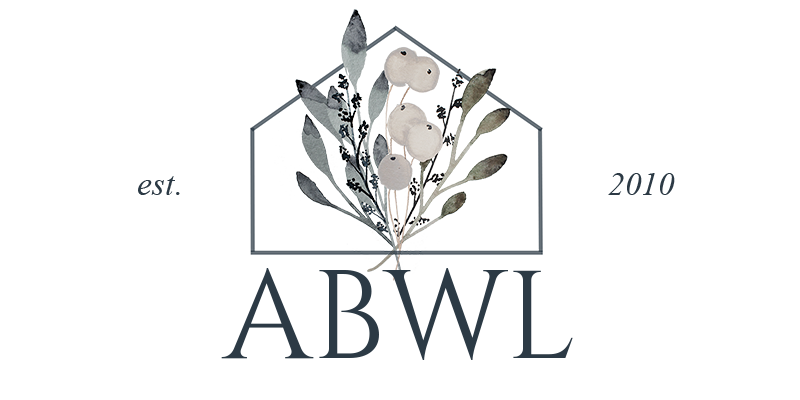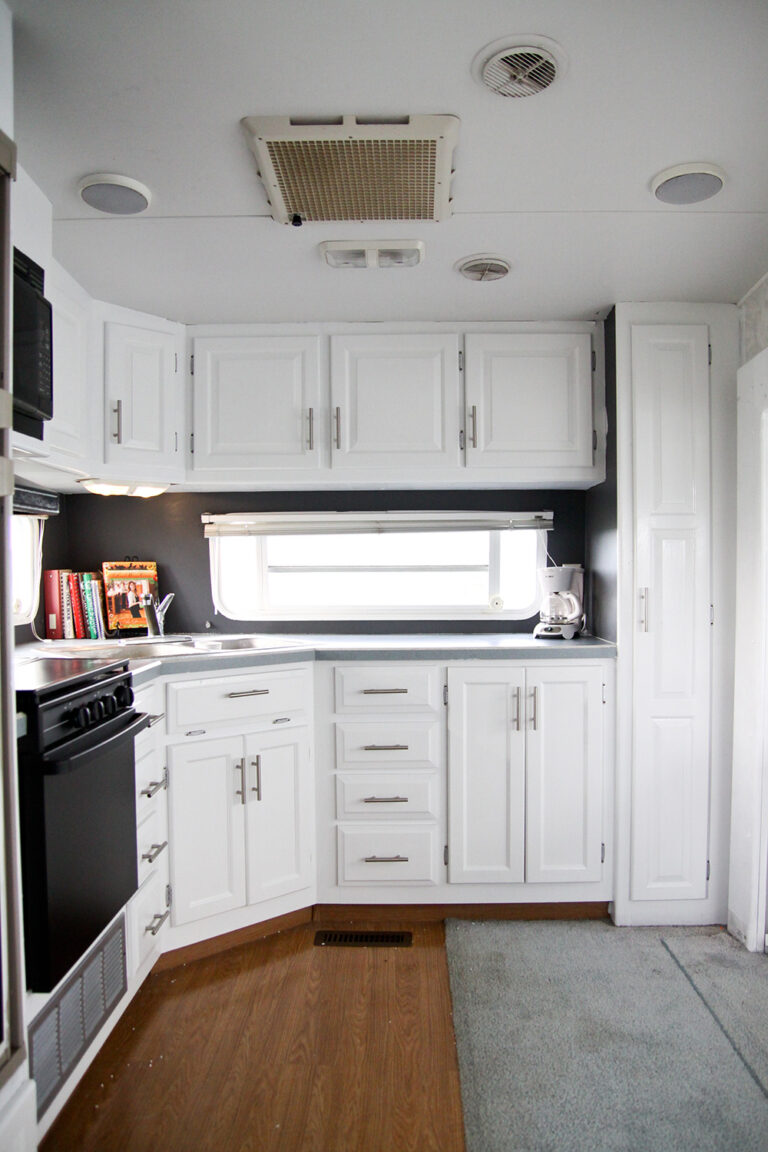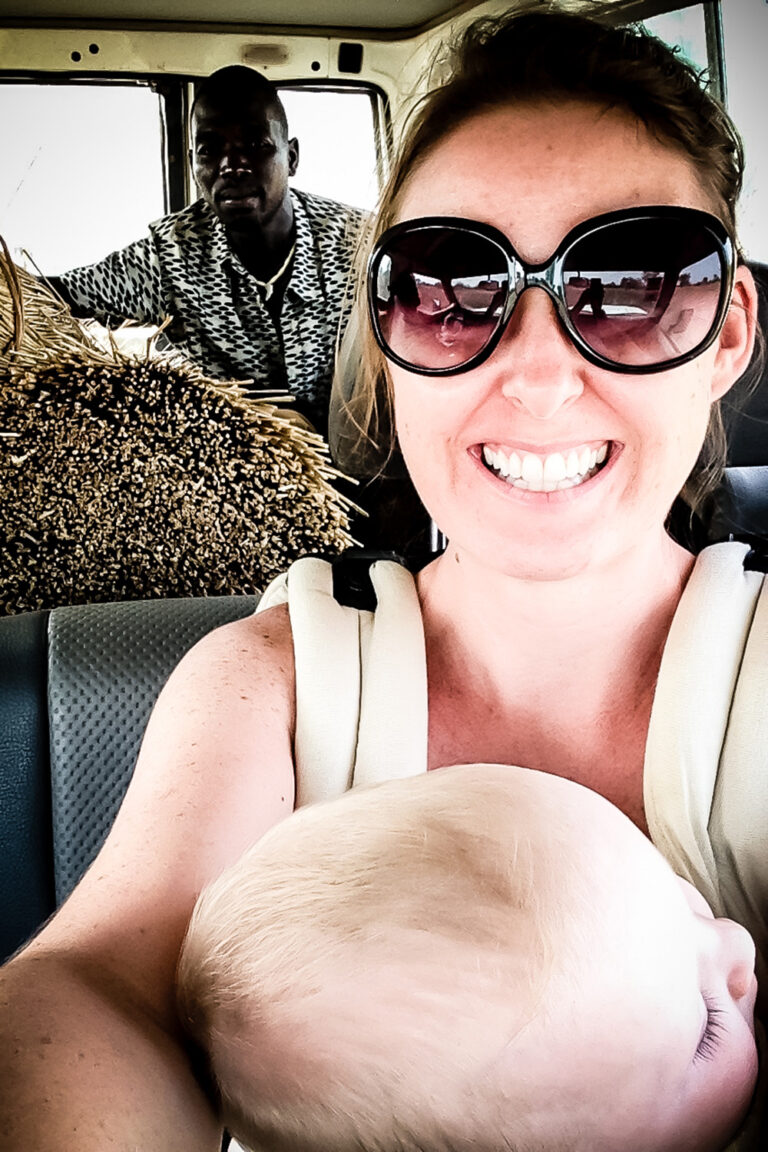As we neared the classes being held under trees, I could hear the following from one primary class:
Teacher: A!
Students: A!
Teacher: B!
Students: B!
Teacher: C!
Students: C!
Rote memorization. My heart honestly does not break when I see classes under trees, with only a chalkboard as the classroom. My heart does break when I see and hear teachers drilling their students on memorization without any dialogue, critical thinking questions, or activities. Can you imagine that you attend primary and secondary school only to copy, read, and regurgitate information? Can you imagine that your teacher asks you a question, and when you answer incorrectly, you get caned? Can you imagine that when you have a question about the material and you ask the teacher (who doesn’t know the answer) you get yelled at and possibly caned for “backtalking”? These are realities for students in South Sudan. Now, can you imagine being a teacher of a primary class, but still being a secondary school student yourself? Can you imagine teaching when all you know are most of the words in the book you have? Can you imagine teaching when you have absolutely no training? These are realities for teachers in South Sudan.
Can you tell I’m passionate about this?
As we walked around the school meetings in Kierwan, I was excited about the work that God had called me to over the summer. These were the very teachers I had been working so hard to help. I love that they are each called to teach. If you think teaching is a thankless job in America, you should see just how unappreciated and unpaid the teachers are in South Sudan. They teach because they are called, yet they don’t possess any skills and they know it. A class under a tree can be a beautiful (and probably breezier, more comfortable) thing if the teachers know how to teach.
Snapshot of Thursday:
-Drive to Kierwan
-Commissioning of school, well, and clinic
-Drive back to Nasir and get chased by an angry, machete-wielding elderly lady (who was mad that we ran over a few of her crops, for good reason, but then asked us to deliver a message to someone in Nasir after she chased us and yelled at us)
-Discuss Isaiah 18 in the context of Sudan
-Lunch on the compound
-Drive to Kuat to survey for a new water well…see that one is much needed
-Walk back to compound from Nasir
-Eat inside because it rains
-Run to fire and have one of the most incredible prayer in Sudan experiences EVER!
Our visit to Kierwan was successful, but surprising. Buay finished the school in May, but all of the classes were still meeting outside. When Kerry questioned the headmaster about it, his response was that they had not yet made a sacrifice to cleanse the school of evil spirits, so it wasn’t safe for the students. WHAT?!? Buay built the school in the name of Jesus Christ, but the thing about animist cultures is that even when they have converted to Christianity, they often revert back to what is comfortable and familiar. This is exactly what the headmaster had done. We met with the whole school, and then we formed a human chain around the school to pray over it and dedicate it to Jesus Christ. Then we dragged children into the classrooms to show them that it was now their school and it was safe for them to use. Culture is a powerful thing.
John Chuol and Samuel…
There were so many kids that went all around the school, in order for Buay to translate so all could hear Kerry’s prayer, Buay went inside the middle classroom and shouted the translated prayer in Nuer…
Now, I don’t want to romanticize holding classes under trees. It’s functional, but there are obvious problems, such as the fact that school is cancelled when it rains. That’s not so good; however, the lack of buildings are still not the fundamental problem with schools in South Sudan…
Then it was over to commission the water well…
After lunch, there was a competitive game of yit going on that I felt the need to participate in…
It was also Nyapal’s bath time…
After lunch, we headed over to Kuat, a small village a few miles outside of town. There, we surveyed for a water well, which is needed considering that the women have to walk 1 mile in one direction or 2 miles in the other to fetch clean water. Or they go to the nearest source, the filthy Sobat River, where they pull out water infested with who-knows-what from livestock droppings, human droppings, parasites, dirt, etc. The water situation breaks my heart every time.
This guy is TALL…
Mimi distracted the kids with her camera so I could get some shots of the ground and the previous picture of the new site for the well…
After our trips to Kierwan and Kuat, we had the commissioner’s driver drop us near the UN compound in town so we could walk around and then walk back to the compound. Here is that same tank from last year…a poinant reminder of the long years of war in South Sudan…
That night the real craziness began. A storm blew up and lightning struck a hut, which then caught on fire. Nancy, Blaise, Buay, and I ended up over at the burning hut praying intensely for a woman who had also been struck by lightning. I wish that I could write the night out for you, but it’s really just too intense to put into a blog! I’ll just tell you that God was definitely there at the burning hut in Nasir, South Sudan, and we really and truly learned the power of prayer.
Highs:
-Visiting the school in Kierwan
-Playing yit with the ladies and Kim, and then praying over each of them that afternoon as we sat in the dirt under a tree. I cannot explain in words how much I love the people of South Sudan. This trip really affirmed some big things for me (and Blaise), and it made me more passionate about serving the Sudanese.
-The powerful way in which God moved through prayer that night at the fire
Lows:
-Feeling overwhelmed by the need for the Gospel, clean water, and teacher training in South Sudan
-Watching a home burn to the ground and feeling helpless at the power that culture had over the whole situation that night at the fire
God definitely showed me His power that day. There is no doubt that “our struggle is not against flesh and blood” (Ephesians 6:12), but God was victorious that day and will be in the end!















































